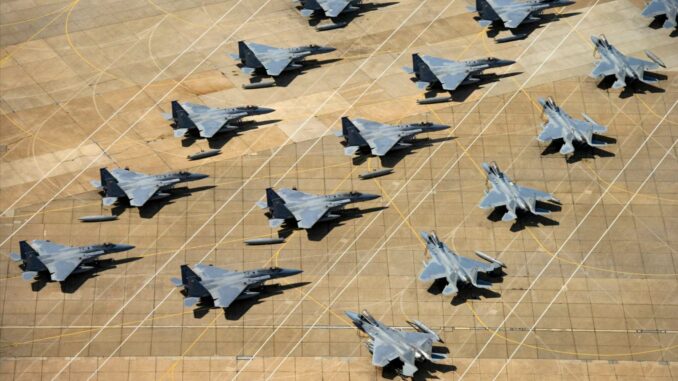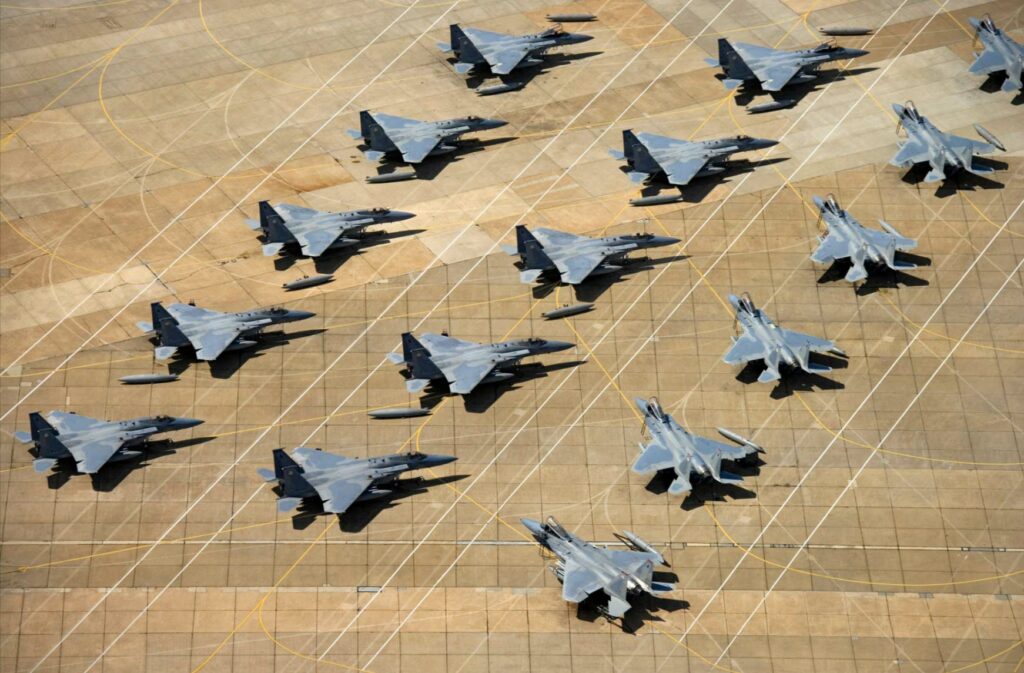
In-depth analysis of drone incursions at Langley Air Force Base, highlighting the challenges and implications for national security and aviation safety.
The incident of mysterious drones at Langley Air Force Base (Langley AFB) represents a case of concern in the field of national security and air defense. This phenomenon, which occurred in December 2023, required an inter-agency response, including the use of a NASA WB-57 high-altitude aircraft. This episode highlights the growing threat posed by unmanned aerial systems (UAS) to critical military and civilian infrastructures. The base, located near the Chesapeake Bay, plays a crucial strategic role, housing F-22 Raptor fighter jets and supporting NORAD and NORTHCOM missions for the defense of the American homeland.
Background and Implications of Drone Incursions
Faced with repeated drone incursions, Langley Air Force Base has had to adapt its security protocols to counter this new form of threat. These drones, of various sizes and configurations, although not displaying hostile intentions, represented a potential risk to flight safety. NASA’s involvement, with its WB-57F aircraft, indicates the seriousness of the situation and the need for an inter-agency approach to assess and mitigate the threat.
Technological and strategic response
NASA’s intervention, using a specialized research aircraft equipped for remote sensing missions, demonstrates the complexity of the response required to assess such threats. These aircraft, capable of carrying a wide range of sensors, play a vital role in collecting data for the analysis of drone incursions, enabling a detailed assessment of their characteristics and potential targets.

National security issues
The emergence of unidentified drones in restricted airspace presents unprecedented challenges for national security. These incursions underline the need to improve air domain awareness and defense capabilities against new forms of aerial threats, particularly in a context where recent incidents, such as the Chinese spy balloon episode, have highlighted shortcomings in air surveillance and defense.
Implications for Air Defense and Surveillance
The frequency and nature of drone incursions at Langley AFB and other strategic installations underscore an evolving threat landscape, where drones can play a variety of roles, from surveillance to direct attack. This evolution requires continuous adaptation of defense strategies and surveillance technologies to effectively protect critical infrastructure and ensure aviation safety.
Future Considerations and Necessary Adaptations
The defense community must anticipate and adapt to the risks posed by the growing use and evolving capabilities of drones. Innovation in UAS detection, identification and neutralization technologies is crucial to staying one step ahead of potential threats. Inter-agency collaborations, such as that seen between the USAF and NASA, as well as engagement with local and federal partners, are essential for an integrated and effective response.
New security challenges
The incidents at Langley AFB represent a microcosm of the security challenges posed by drones in today’s world. They call for heightened vigilance, constant technological innovation and seamless inter-agency cooperation to protect national airspace against increasingly sophisticated and unpredictable threats. Continuous analysis of these incidents and improved response capabilities are essential to ensure the security of critical infrastructure and the protection of national territory.
This event highlights the need for a proactive and reactive approach to the growing drone threat, involving close collaboration between different military branches and government agencies. Emphasis must be placed on strengthening detection capabilities, developing effective neutralization strategies, and putting in place a robust regulatory and operational framework to prevent such incursions in the future. The Langley AFB incident is a crucial case study for security specialists, offering important lessons on managing drone incursions and the need for constant preparation in the face of adversaries exploiting increasingly advanced technologies.
War Wings Daily is an independant magazine.